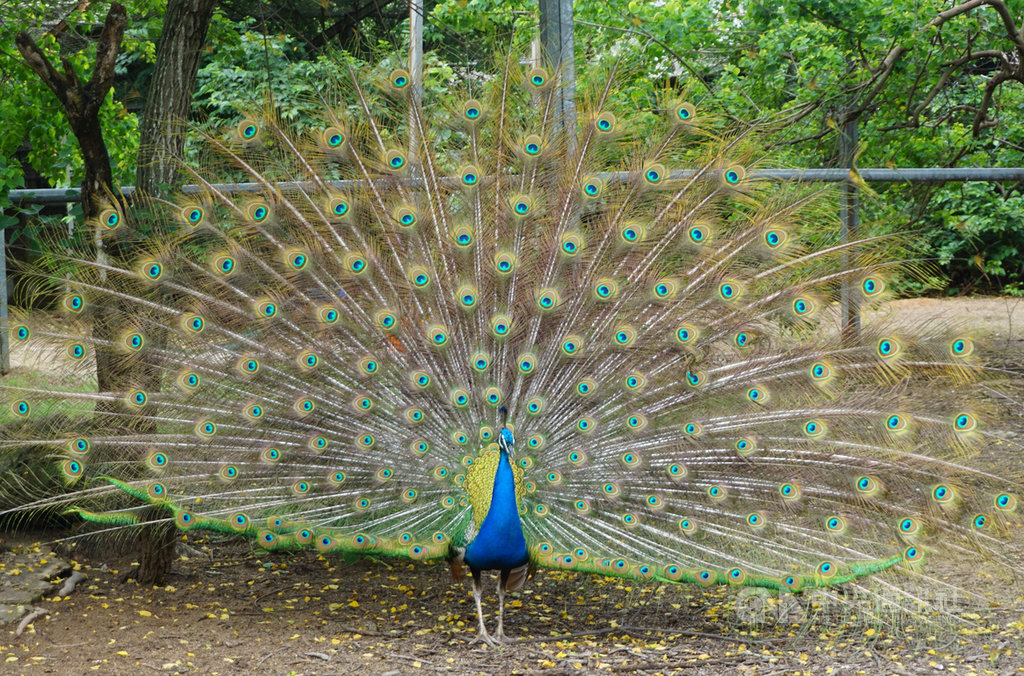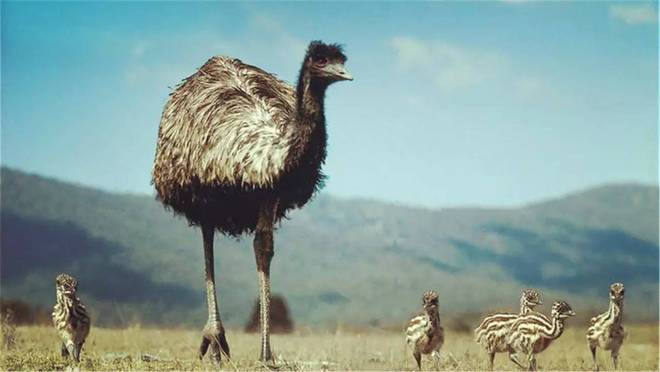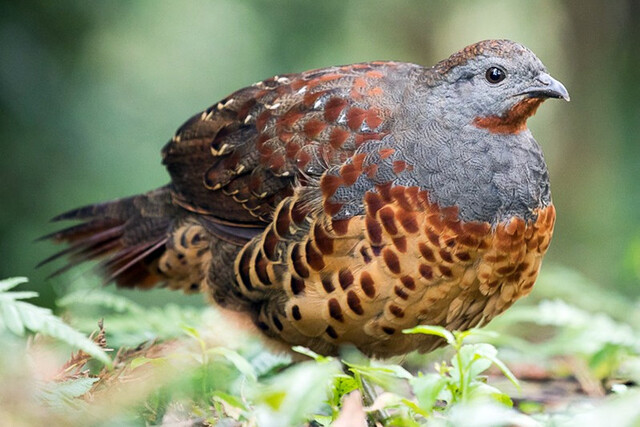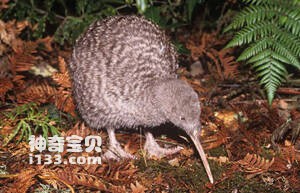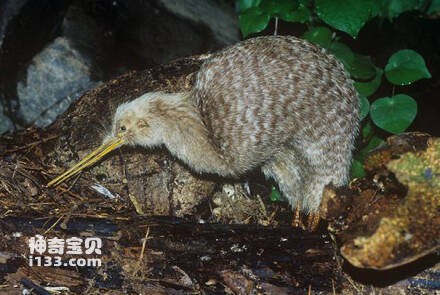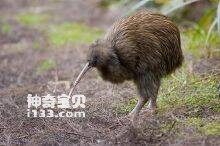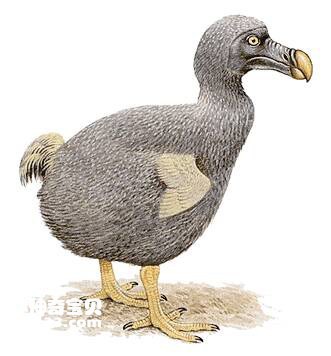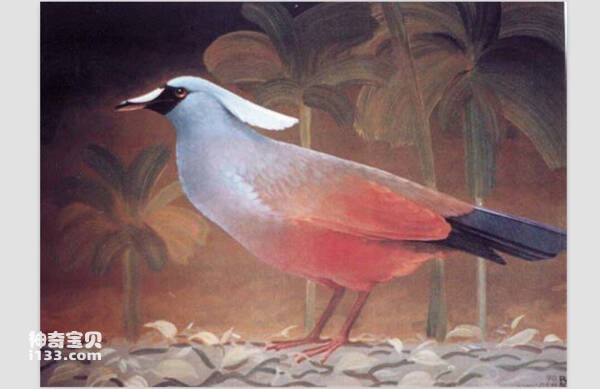Pternistis castaneicollis
IUCN
LCBasic Information
Scientific classification
- name:Pternistis castaneicollis
- Scientific Name:Pternistis castaneicollis,Chestnut-naped Francolin
- Outline:Landfowl
- Family:Chickeniformes Pheasants Polytridges
Vital signs
- length:38-43cm
- Weight:550-1200g
- lifetime:No textual research information is available
Feature
The forehead is black and the belly is milky white, similar to the Kenyan colored partridge
Distribution and Habitat
It is found in Ethiopia and Somalia. They inhabit scrub vegetation, including scrub wastelands, rocky hillsides, and tree-shaded rivers. Elevation varies by region.
Appearance
Partridge chestnut pillow is 38-43 cm long; Weight 915-1200 g for males and 550-650 g for females. Black forehead, creamy white belly, otherwise similar to the Kenya colored partridge. The whole is composed of brown, white and black mottled plume. The legs and claws are red, the beak is very colored, and the tip of the beak is gray and black.
Details
Chestnut-naped Francolin (Pternistis castaneicollis) has three subspecies.
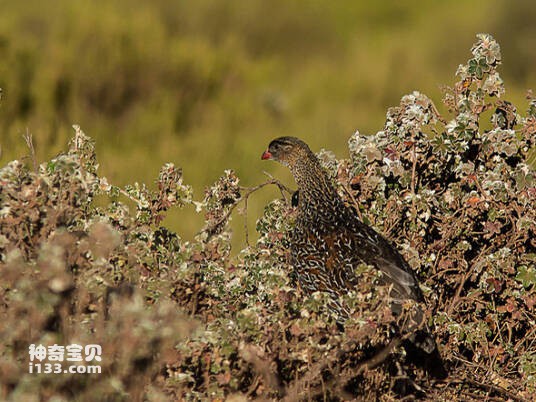
The chestnut pillow-colored partridge primarily calls early in the morning and late in the evening, especially in males, in a loud "kawar-kawar" and "kek kek kek" sound, thought to be a duet between partners. It feeds on plant bulbs and bulbs, seeds, berries and shoots, as well as small mollusks, termites, ants and other insects. When in danger, he prefers running to escape danger rather than flying. The breeding season is October-March in Ethiopia and late May (wet season) and late December (dry season) in Somalia.
Listed on the International Union for Conservation of Nature (IUCN) 2016 Red List of Threatened Species ver 3.1 - Not Threatened (LC).
Protect wild animals and eliminate wild meat.
Maintaining ecological balance is everyone's responsibility!

